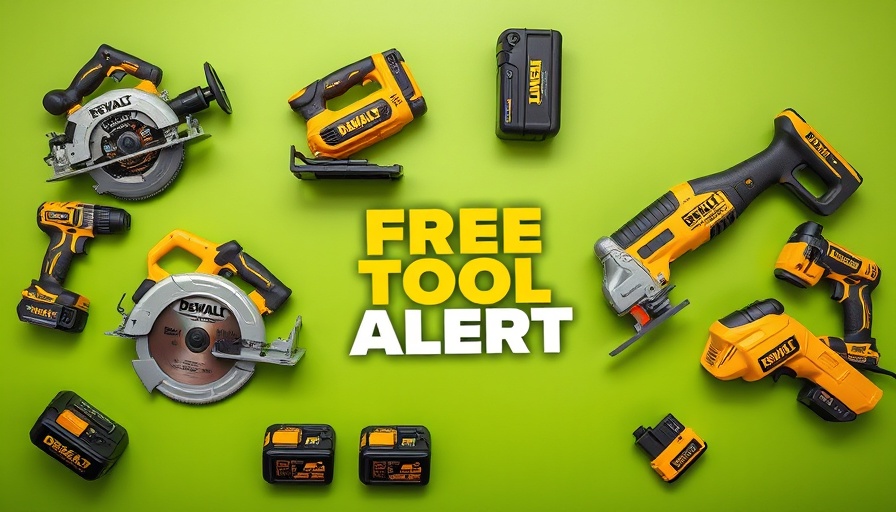
The Importance of Radon Testing in Homes
Radon is a colorless, odorless gas that can seep into homes from the ground and is the second leading cause of lung cancer in the United States. Understanding its risks is crucial for homeowners, particularly those in areas with high radon exposure levels. The Environmental Protection Agency (EPA) recommends that homes be tested for radon, especially in regions known for potential gas seepage.
Choosing the Right Radon Test Kit: What Homeowners Should Know
Not all radon test kits are created equal, and numerous options exist on the market. Homeowners should consider whether they prefer short-term or long-term testing kits. Short-term kits provide quick results, typically within a few days, while long-term kits measure radon levels over an extended period (90 days or more), which can give a more accurate picture of exposure levels.
Our Top Picks: The Best Radon Test Kits
Based on our detailed analysis and testing, we’ve identified six of the best radon test kits available. Each of these kits excels in different aspects, such as user-friendliness, reliability, and price point:
- RadonAway Radon Test Kit: This straightforward kit is designed for both beginners and experts, boasting an easy-to-follow manual.
- PRO-LAB Radon Gas Test Kit: It offers accurate results and is ideal for long-term testing, ensuring homeowners are fully informed about their radon exposure.
- First Alert Radon Gas Test Kit: Known for its affordability and accessibility, this kit is a go-to for many households.
- Safety Siren Pro4 Radon Detector: Unlike traditional kits, this device provides continuous monitoring and has a built-in alarm for elevated radon levels.
- Airthings Wave Plus: This smart device integrates with home automation systems, delivering real-time radon levels right to your smartphone.
- RadonMe Radon Detector: This user-friendly device connects to Wi-Fi, offering an innovative solution for tech-savvy homeowners.
Understanding Radon Levels: Results and What to Do Next
After testing, it’s essential to understand the results. The EPA advises that any radon level of 4.0 pCi/L or higher is actionable. Homes with elevated radon levels must be mitigated, often through ventilation and sealing techniques, to reduce the risk.
The Future of Home Safety: Emerging Technologies in Radon Detection
With advancements in technology, future radon detection methods are becoming more sophisticated. For instance, AI-driven sensors and internet-connected devices are increasingly being adopted, allowing homeowners to monitor radon levels continuously and respond in real-time.
Conclusion: Taking Steps Towards a Safer Home
In conclusion, ensuring your home is radon-free is not just an option; it’s a necessity for your family’s health. Testing should be seen as a vital step in home safety planning. With several effective radon test kits available, selecting the right one can lead to peace of mind regarding your indoor air quality. As technology continues to evolve, embracing these advancements can empower homeowners in taking charge of their environmental safety.
 Add Row
Add Row  Add
Add 






Write A Comment